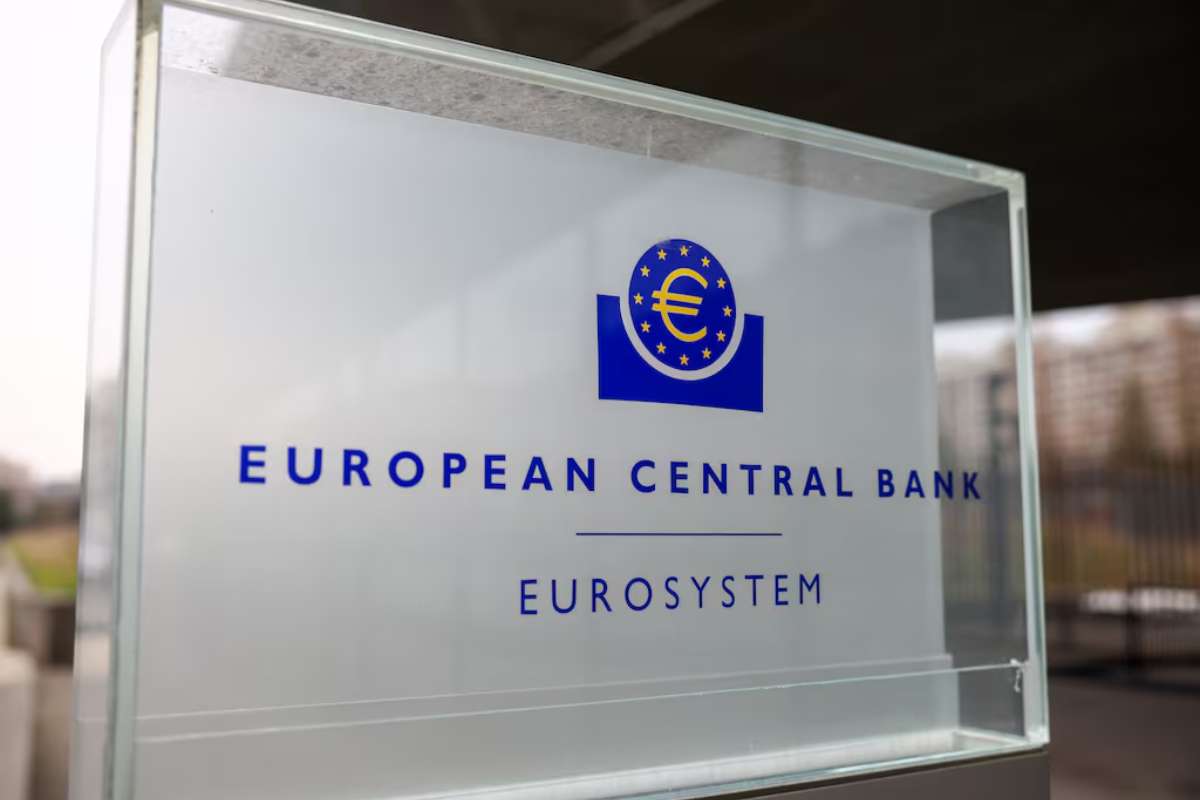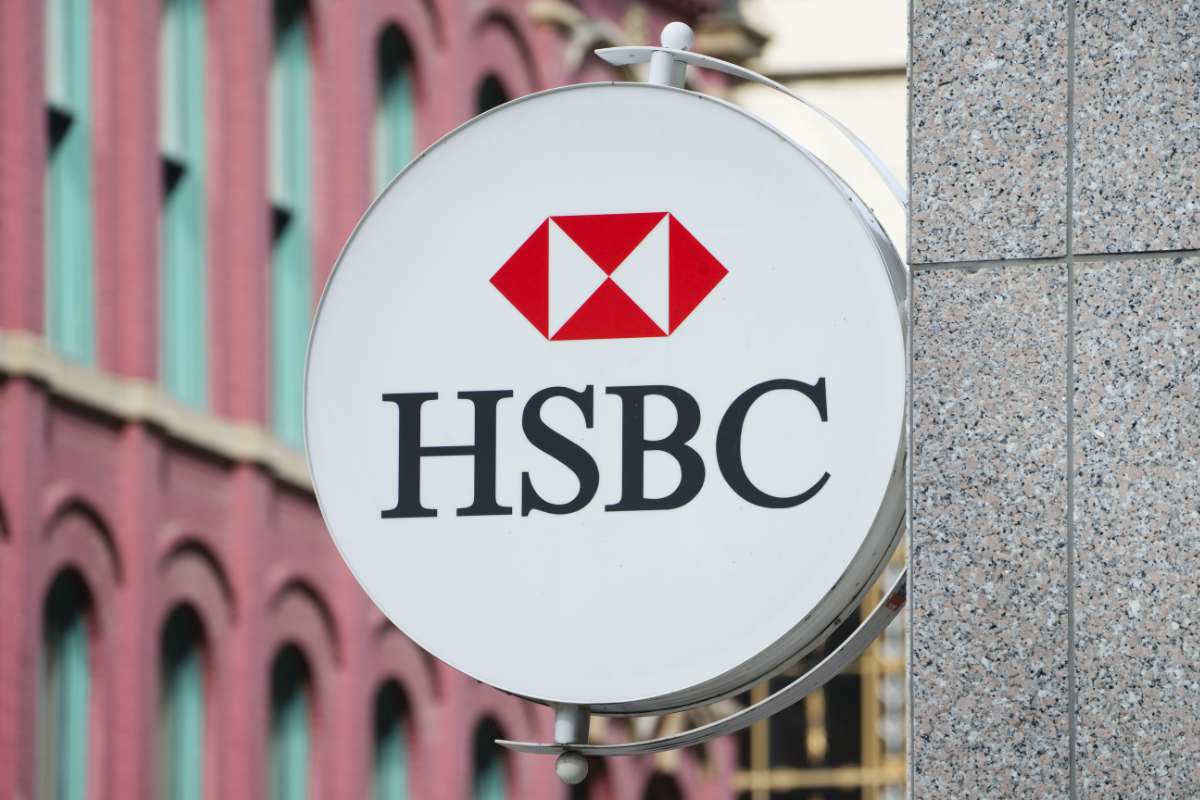Eurozone Economy Misses Growth Expectations
The Eurozone economy stagnates unexpectedly in the fourth quarter of 2024, presenting a surprise for economists who had forecasted modest growth. The region’s GDP showed zero growth, failing to meet the 0.1% expansion predicted by analysts surveyed by Reuters. This marked a sharp contrast to the previous quarter, where the economy had expanded by 0.4%. For the year as a whole, Eurozone GDP increased by 0.7%, according to data from Eurostat, released on Thursday.
The disappointing economic performance puts additional pressure on the European Central Bank (ECB) to consider more aggressive interest rate cuts in the coming months. Hours after the data was made public, market expectations grew that the ECB would lower its benchmark interest rate by a quarter point to 2.75%, the lowest level since early 2023. This shift comes as economists express concerns about the region’s economic outlook, with Capital Economics’ Jack Allen-Reynolds suggesting that the ECB may need to cut rates more than the market anticipates due to the deteriorating economic conditions.
Challenges for Key Eurozone Economies
The stagnation reflects the broader economic struggles facing the Eurozone, with Germany—the region’s largest economy—at the center of the downturn. Germany’s GDP contracted by 0.2% in the final quarter of 2024, following a tough period of manufacturing decline. France also experienced an unexpected contraction, with its GDP shrinking by 0.1%. Meanwhile, Italy saw flat growth, highlighting the widespread challenges across major Eurozone economy stagnates.
In contrast, Spain emerged as an exception to this trend, reporting a 0.8% GDP increase in the fourth quarter, making it an outlier among the region’s largest economies. However, in many parts of Europe, consumer confidence remains subdued, despite a decrease in inflation after the previous surge in prices. The reduced inflation had earlier prompted central banks worldwide to raise interest rates, but consumers have remained cautious, contributing to the region’s stagnation.
Outlook and External Pressures on the Eurozone
The weak performance of the Eurozone stands in stark contrast to the more positive growth prospects in the United States, where the IMF forecasts a 2.7% growth rate for 2024. US Federal Reserve Chairman Jay Powell recently described the US economy as “strong overall,” with the labor market remaining solid. This diverging economic performance has had an impact on the Euro, which has weakened in recent months as the monetary policies of the US and Eurozone have diverged.
Further complicating the Eurozone economy stagnates outlook are potential threats of US tariffs on European imports. Economists warn that the imposition of a 10% tariff on all Eurozone imports could reduce growth by 0.3-0.5 percentage points within a year. In addition, rising political uncertainty, including Germany’s upcoming elections on February 23, could add to the region’s headwinds. These external pressures, coupled with weak domestic economic data, could prompt the ECB to lower interest rates further to stimulate growth.











